Recently, the Chinese company Ninestar Corp announced its intention to sell Lexmark International II – a manufacturer of printers and printing software – to Xerox. The deal, valued at up to 150 million dollars, has garnered significant attention among financial market observers. The final price is expected to range between 75 and 150 million dollars depending on Lexmark’s current condition and the prevailing share prices. This transaction reflects broader trends in asset restructuring and portfolio optimization across global businesses.
Deal Context and Significance
In December of last year, Xerox had unveiled its plan to acquire Lexmark for a total of 1.5 billion dollars. This deal included assumed obligations from Ninestar, the private investment company PAG, and Shanghai’s Shouda Investment Center. Consequently, the recent sale announcement by Ninestar Corp stands as a strategic continuation of these earlier agreements. It underscores the drive toward specialization and operational efficiency by both the Chinese firm and the American printing solutions leader.
Structural Details and Pricing Mechanics
Ninestar Corp’s recent market report highlighted that the deal’s value is intrinsically linked to the dynamics of its share price. The disclosed transaction figure represents the net asset value for shareholders, calculated after deducting any outstanding net debts and transaction-related fees. This open pricing mechanism allows the involved parties to quickly adapt to market fluctuations, thereby reducing potential financial exposure in an increasingly volatile marketplace.
Key Influencing Factors on the Deal
Several critical factors have shaped the strategic decision to proceed with the asset sale:
1. Evolution of Ninestar’s and Lexmark’s share prices
2. Current debt levels and financial health of the company
3. Global economic shifts and currency fluctuations
4. Transaction details including fees and expense allocations
5. Broader strategic directions in the printing and software domain
These elements highlight the importance of comprehensive analysis when evaluating such transactions. Employing a flexible valuation model helps in balancing risk and reward while maintaining focus on overall financial stability.
In-Depth Strategic Analysis
The restructuring of assets and realignment of corporate portfolios is a recurring theme among global enterprises. Industry experts note the following key aspects:
- A dynamic pricing model that enables firms to remain responsive to market conditions
- The transaction as a means to streamline operations and reduce debt burdens
- Enhanced market access for Xerox in Asia, a region with burgeoning demand for modern printing solutions
- Strengthened collaboration among leading players, potentially accelerating innovation in printer technology and software
By integrating these insights into corporate strategy, both Ninestar and Xerox aim to secure sustainable growth while navigating complex global market challenges.
Advantages and Challenges in the New Landscape
A holistic evaluation of the deal reveals not only potential upsides but also challenges that may emerge during implementation. Maintaining a balance between cost optimization and retaining strategic assets is central to the long-term success of such arrangements.
The unfolding of this high-profile deal reflects a broader momentum toward asset concentration and synergy realization among industry giants in the printing technology sector. Key forecasts for the near future include:
- The strengthening of companies pioneering innovative printing solutions
- A growing influence of digital channels in reshaping traditional printing business models
- The emergence of comprehensive service packages that consolidate hardware and software offerings
- Enhanced collaborative efforts between major financial institutions and technology enterprises
- A deeper convergence of digital and printing technologies as global investment trends evolve
Ninestar Corp’s strategic decision to divest Lexmark International II highlights a pivotal moment in the broader restructuring of Chinese industrial assets. At the same time, it reinforces Xerox’s pursuit of market expansion and technological innovation, particularly in Asia. The transaction is designed not only to bolster financial performance but also to recalibrate business strategies in line with contemporary market demands.
Conclusion
The transaction between Ninestar Corp and Xerox represents a significant milestone in the evolving landscape of global printing technologies and financial markets. The flexible, net-asset-based pricing mechanism reflects a pragmatic approach to asset valuation in uncertain economic climates. While the deal aims to enhance financial metrics and streamline operations, it also sets the stage for further advancements in printing technology. This strategic realignment, underscored by careful analysis and balanced risk management, paves the way for long-term growth and innovation in the competitive world of technological solutions.


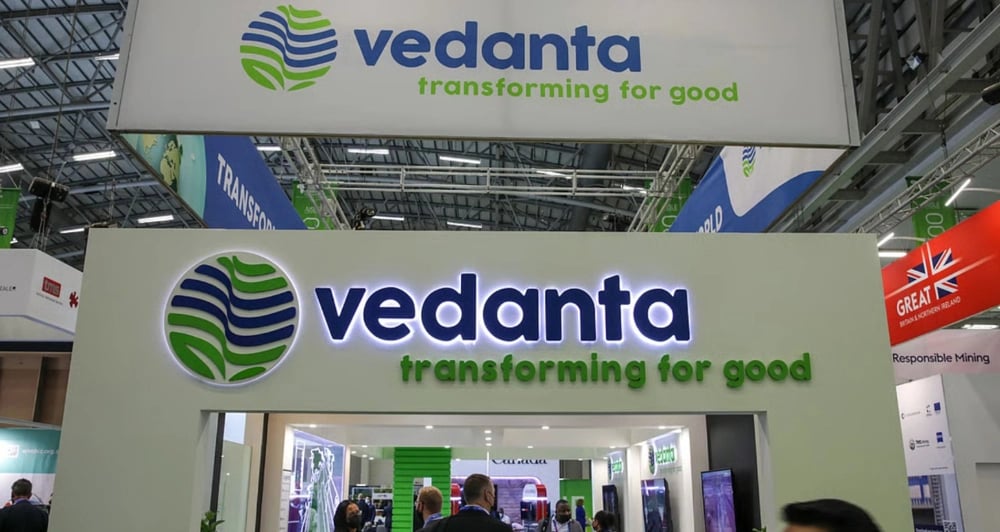
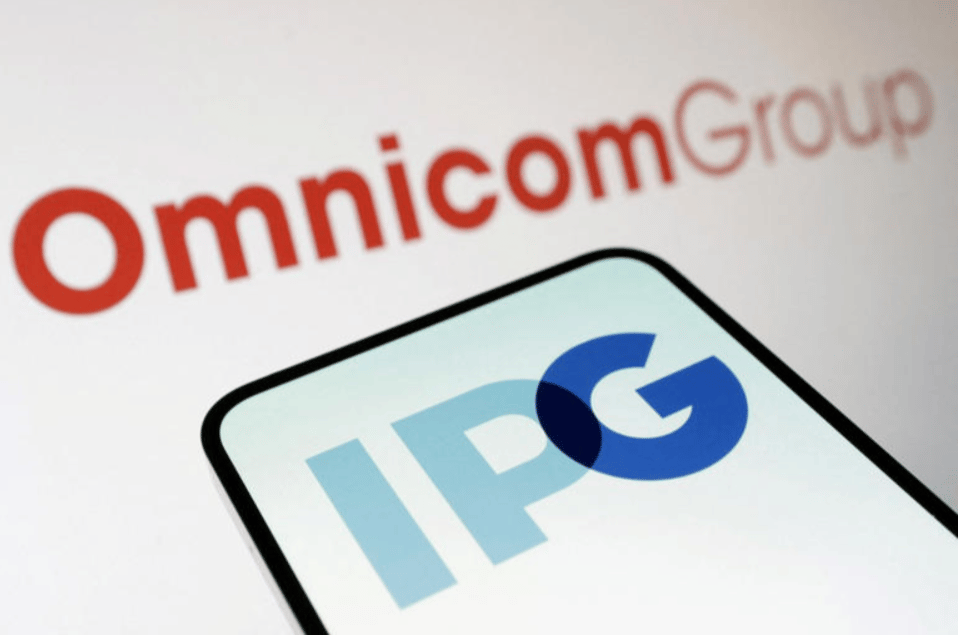
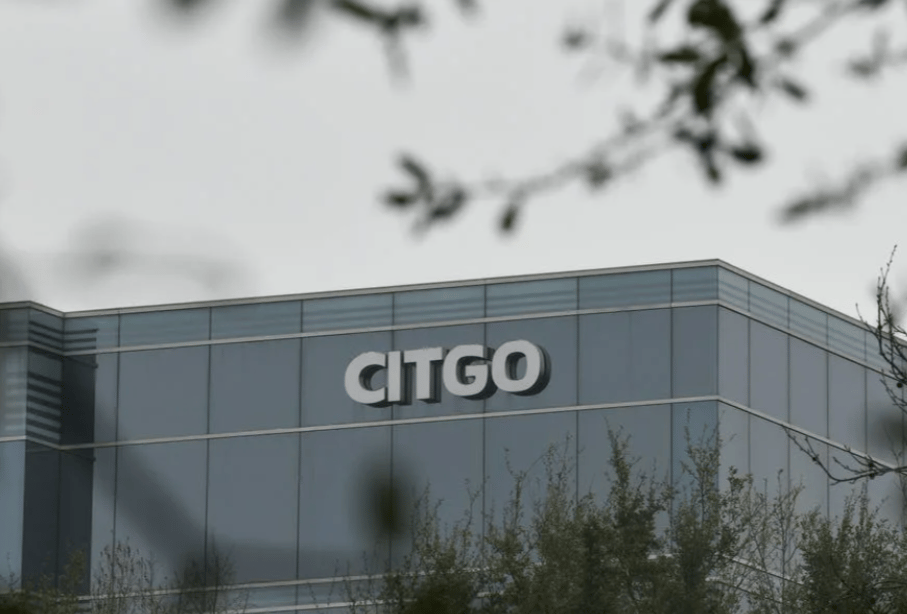
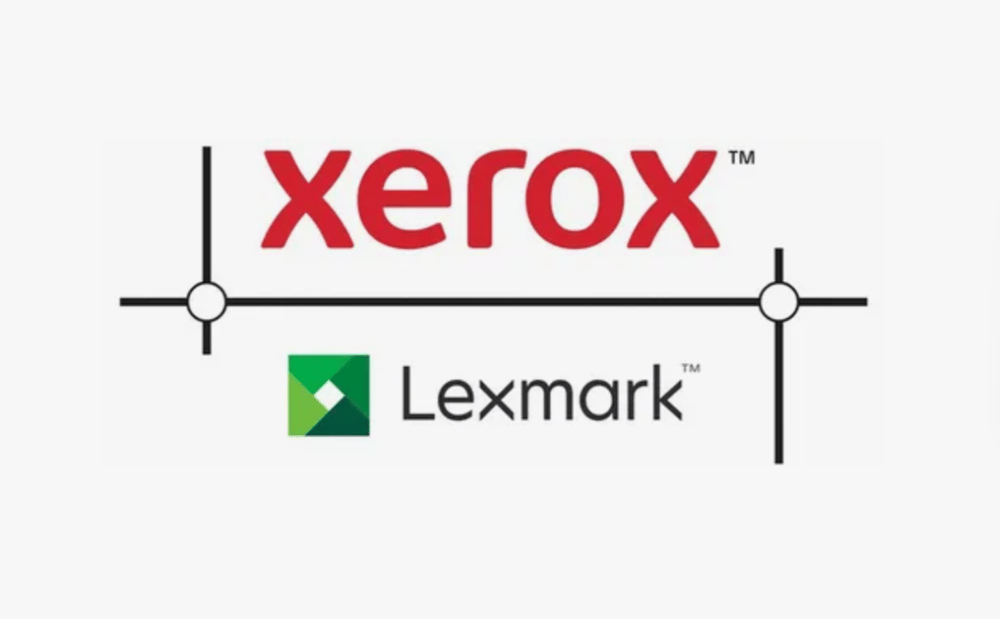
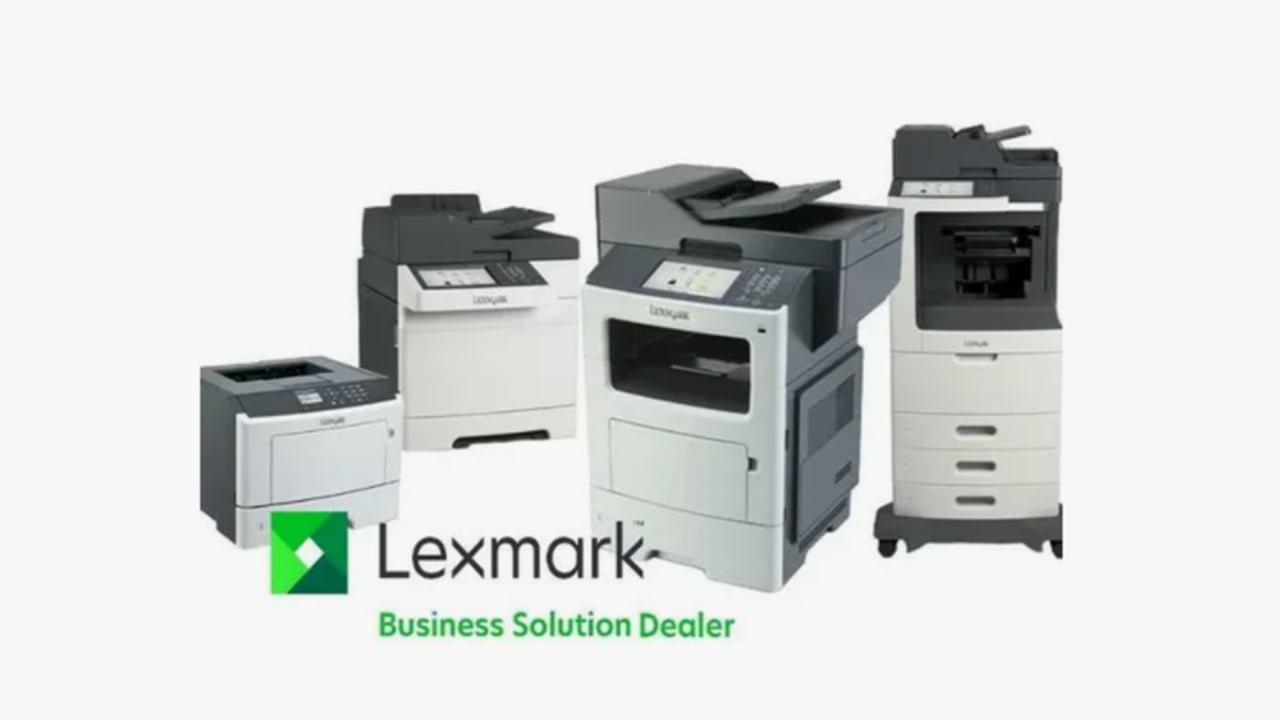
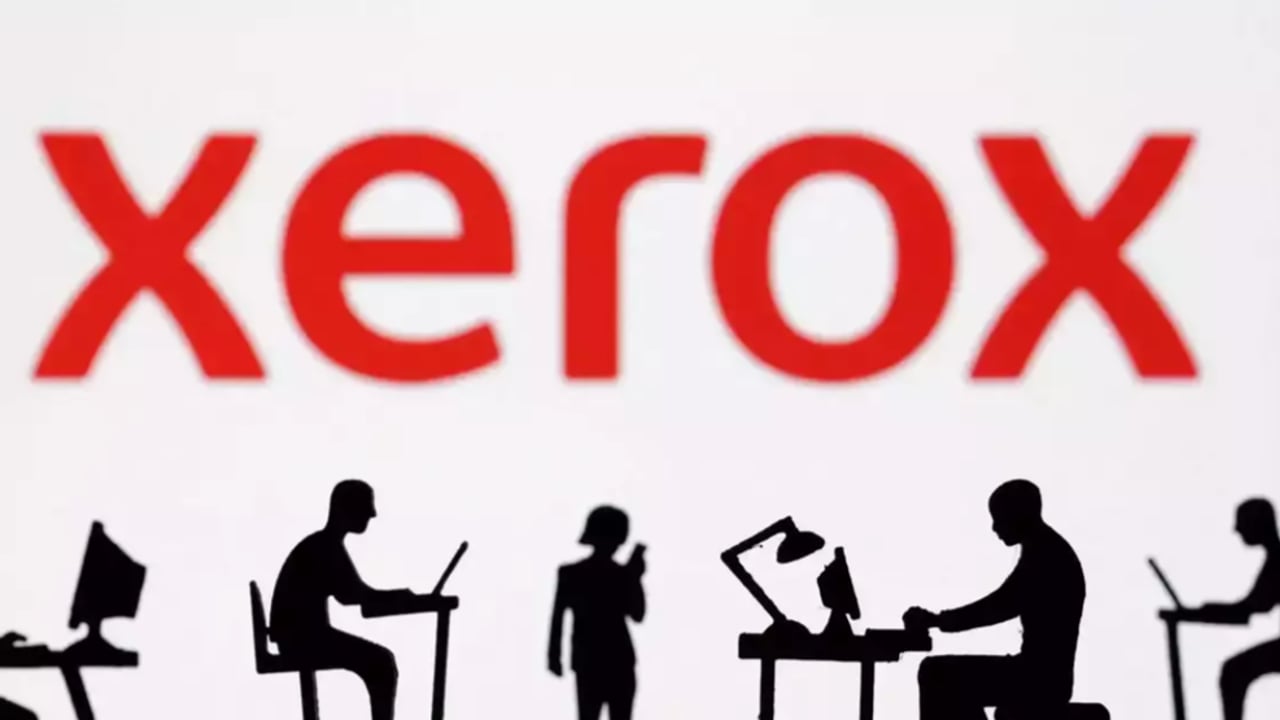
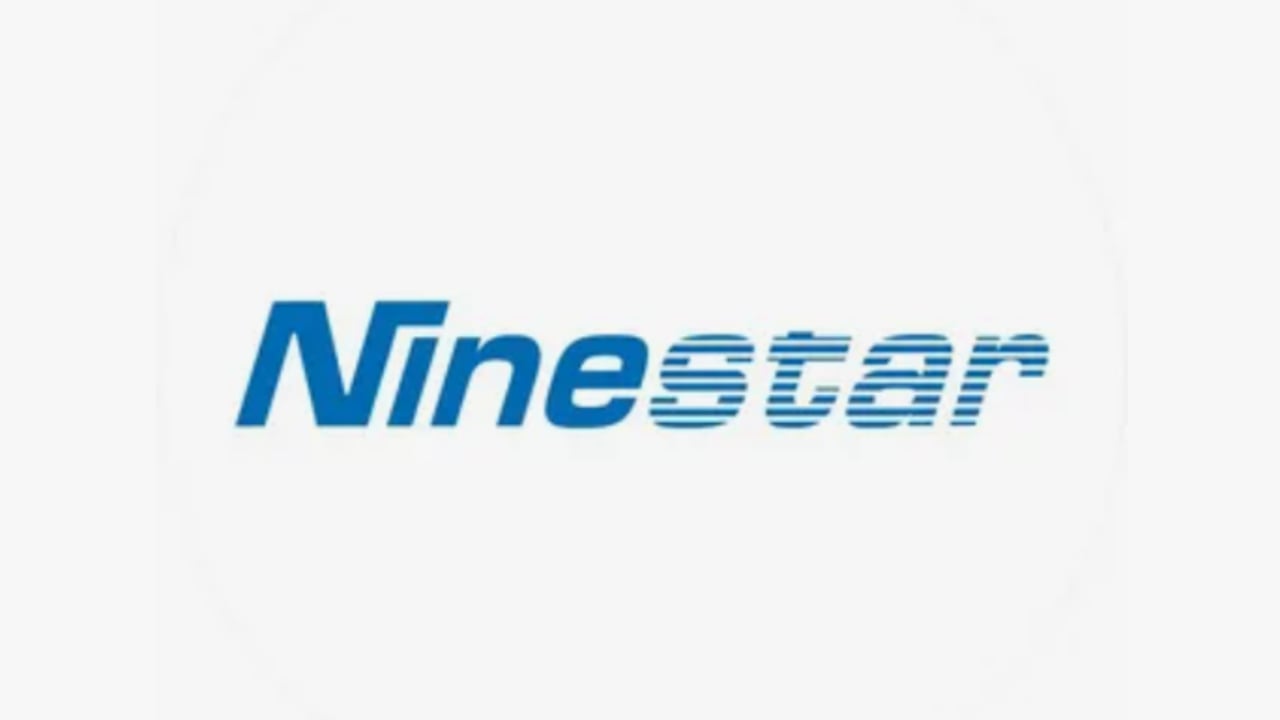
Forward-thinking approaches in capital allocation are not only driving unprecedented expansion but also rewriting the rules of tech automation evolution